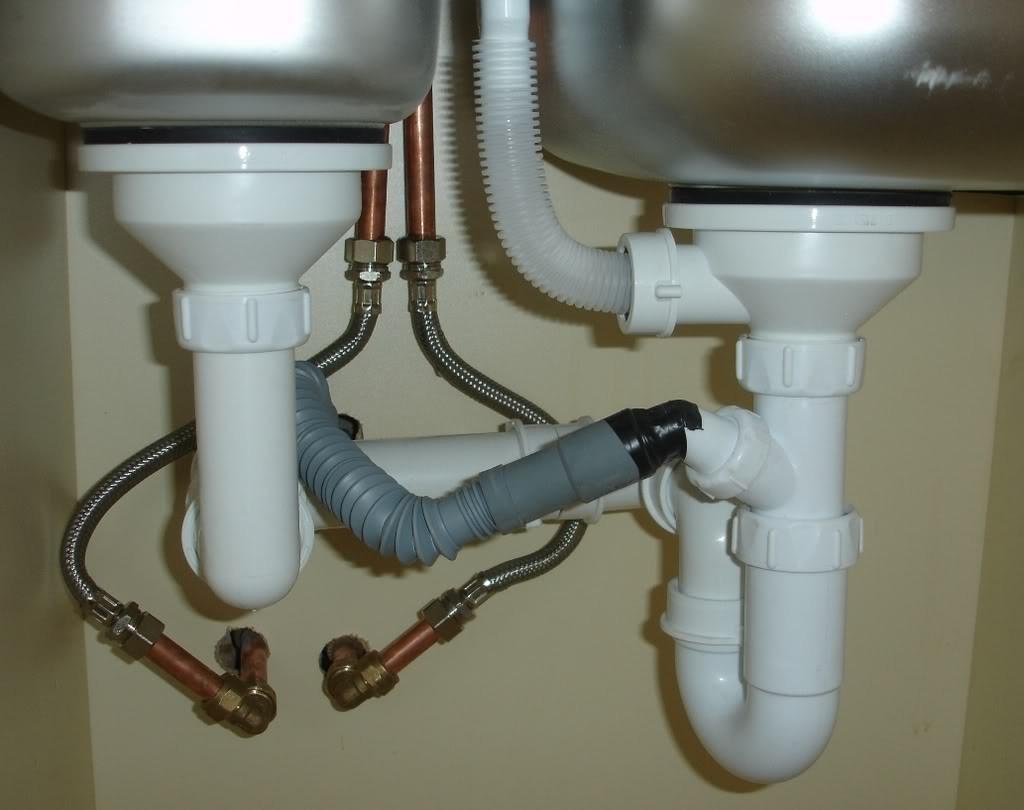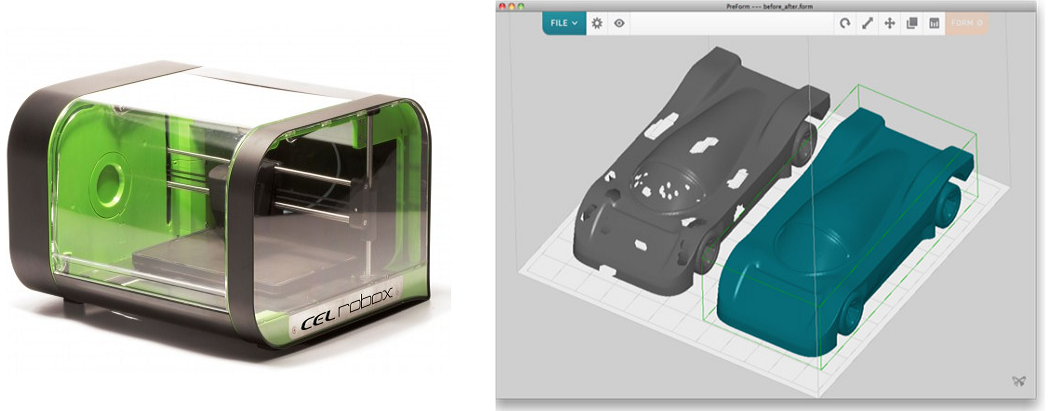Technology is ushering in an age of wonders — self-driving cars are on the horizon, the Internet of Things is turning out to be a runaway hit among today’s tech start-ups, and 3D printing has been in the limelight since leaving corporate perimeters and entering the homes of consumers.
The promise of mainstream 3D printing, that anyone from hobbyist to small business owner can print individual and custom parts to fit their own ad hoc needs, has been one that resonated among today’s tech enthusiasts. The future is finally here. But is it easy to use? While the latest innovations in the industry have enabled cheaper printers with higher quality prints, it doesn’t address the underlying issue that’s holding back overall mainstream adoption of the technology — user friendly software.
While we can print anything from plastic to chocolate across an array of complexity and precise measurements, the computer-aided design (CAD) software that printers rely on today to create these designs aren’t all that intuitive in nature.
And it’s not that the software is difficult to use — it’s actually quite simple, as it’s designed with simplicity and a streamlined workflow. From free open source programs to the commercial grade software of AutoCAD and 3DS Max, it’s easy to use, just not simple to understand. A core understanding of mechanical engineering is needed in most cases to create files that include all design intent and represent the users’ ideas. The unfortunate reality is that most designers and consumers simply lack the required skills to draw 3D objects and turn them into actual designs.
Which leads people to online community platforms such as Thingiverse and Shapeways. These online libraries hold thousands upon thousands of print designs, allowing individuals to download a design that they can feed into their printer. They think of what they want to print and try to find a design that closely resembles their idea. In most cases, though, users can’t adjust or edit the design — meaning they can’t create what they really want — so instead consumers must settle for a print that only closely resembles what they originally wanted.
 This scenario falls short on the promise of the 3D printing revolution and creates a convoluted process rather than seamless experience. Can a father really print a toy for his son and daughter to meet their individual needs? Can a homeowner really print a replacement part specified for their sink’s leaking pipe? The answer, in most cases, is no, as most users don’t have the background or knowledge to make the necessary adjustments. They need to either hire a designer or hope that an online library has what they’re looking for. Consumers don’t need cheaper 3D printers to fuel adoption — they’re already affordable. What consumers need are improvements in the CAD software that powers the technology, improvements that allow users to take an object, export it to the printer’s software, and be able to print a fully rendered 3D model of that object.
This scenario falls short on the promise of the 3D printing revolution and creates a convoluted process rather than seamless experience. Can a father really print a toy for his son and daughter to meet their individual needs? Can a homeowner really print a replacement part specified for their sink’s leaking pipe? The answer, in most cases, is no, as most users don’t have the background or knowledge to make the necessary adjustments. They need to either hire a designer or hope that an online library has what they’re looking for. Consumers don’t need cheaper 3D printers to fuel adoption — they’re already affordable. What consumers need are improvements in the CAD software that powers the technology, improvements that allow users to take an object, export it to the printer’s software, and be able to print a fully rendered 3D model of that object.
It should be easy. Users should be able to plug a desktop printer into their computer, quickly install the necessary software, and print away with a minimal learning curve. The hardware today allows us to print amazing things, but the software needs to catch up. Only then will we be able to see mainstream adoption, where the 3D print will sit in the home office alongside inkjet printers and the flavor-of-the-month PC.
However, there is light at the end of the tunnel. There’s software out there which is already starting to make CAD design more accessible. Disney  Research has recently developed a program which could take 2D photographs and turn them into 3D models. Tinkercad and Autodesk 123D are amongst others which are making 3D design easier to create from scratch, and many of these packages are usable alongside existing 3D printers. Time will tell, but if mainstream consumer adoption of the technology is to take off, the software has to be aligned with consumer interests.
Research has recently developed a program which could take 2D photographs and turn them into 3D models. Tinkercad and Autodesk 123D are amongst others which are making 3D design easier to create from scratch, and many of these packages are usable alongside existing 3D printers. Time will tell, but if mainstream consumer adoption of the technology is to take off, the software has to be aligned with consumer interests.
Let’s hear your thoughts on this story in the 3D Printing Hardware & Software forum thread on 3DPB.com
Chris Elsworthy is the CEO of Robox, the 3D printer which has recently took home the CES Editors’ Choice Award.
Subscribe to Our Email Newsletter
Stay up-to-date on all the latest news from the 3D printing industry and receive information and offers from third party vendors.
You May Also Like
Gorilla Sports GE’s First 3D Printed Titanium Cast
How do you help a gorilla with a broken arm? Sounds like the start of a bad joke a zookeeper might tell, but it’s an actual dilemma recently faced by...
Nylon 3D Printed Parts Made More Functional with Coatings & Colors
Parts 3D printed from polyamide (PA, Nylon) 12 using powder bed fusion (PBF) are a mainstay in the additive manufacturing (AM) industry. While post-finishing processes have improved the porosity of...
$25M to Back Sintavia’s Largest Expansion of Metal 3D Printing Capacity Since 2019
Sintavia, the digital manufacturing company specializing in mission-critical parts for strategic sectors, announced a $25 million investment to increase its production capacity, the largest expansion to its operations since 2019....
Velo3D Initiates Public Offering in a Bid to Strengthen Financial Foundations and Drive Future Growth
Velo3D (NYSE: VLD) has been among a number of publicly traded 3D printing firms that have attempted to weather the current macroeconomic climate. After posting a challenging financial report for 2023,...
































